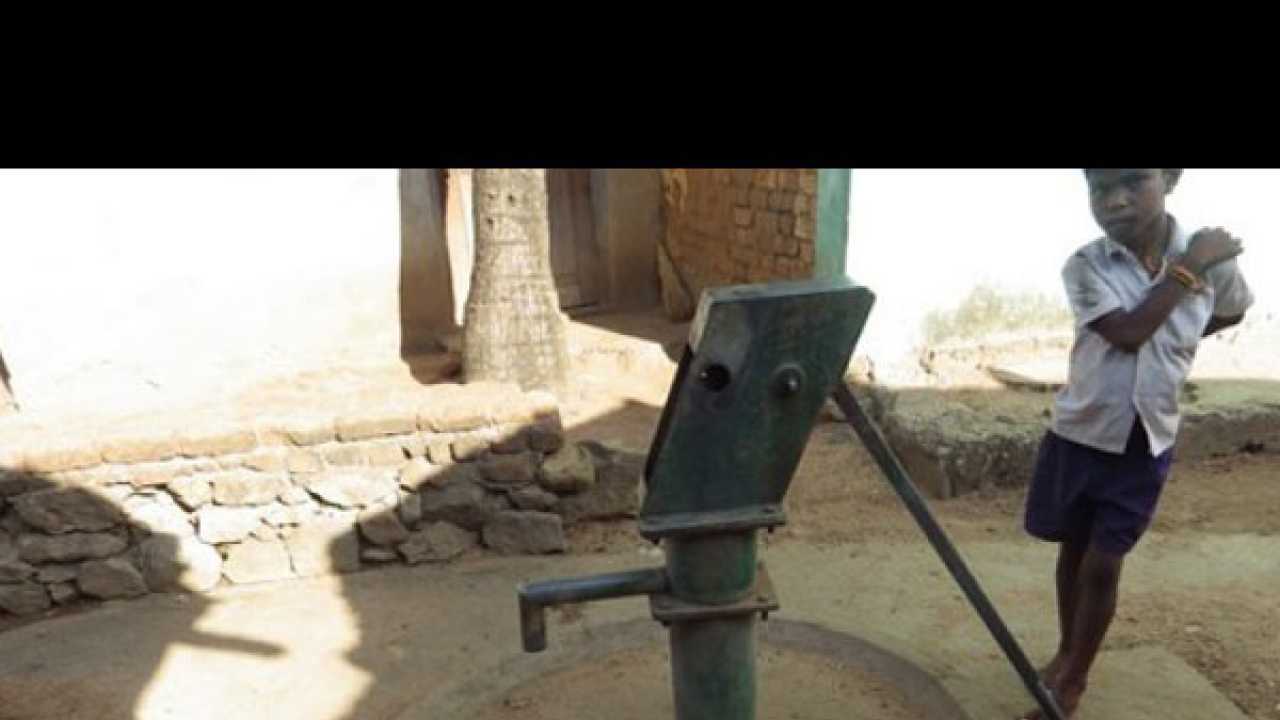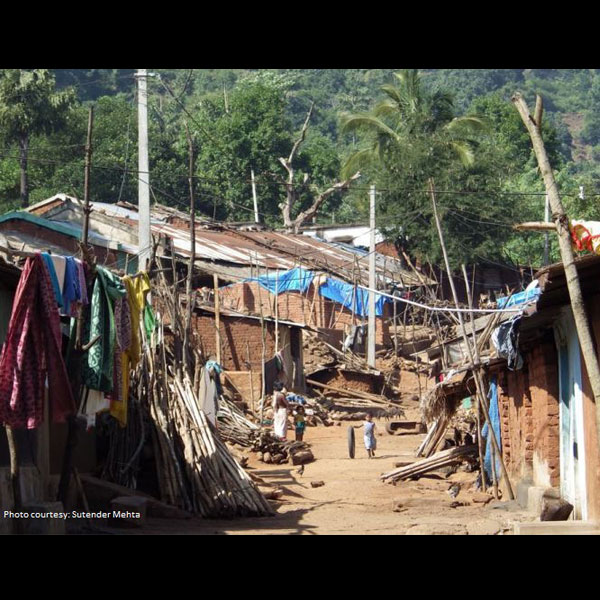
With every new government comes a spate of seemingly new schemes that talk of revolutionising development in India - schemes that are just as useful as cheap, unopened gift boxes re-wrapped with sparkly cellophane paper. That is essentially what the problem with most schemes is – they rarely replace the broken glassware inside the gift box, but they definitely jazz up the wrapping. The Swabhimaan campaign was repackaged as the Jan Dhan Yojana, the Nirmal Bharat Abhiyan is now the Swachch Bharat Mission and the Rajiv Gandhi Grameen Vidyutikaran Yojana was renamed as Deendayal Upadhyaya Gram Jyoti Yojana.
Each of the iterations of each scheme shows a picture of growth – 95.8% villages were electrified and 99.7% households were included in the banking system by November 2014. There’s fine print to these numbers. But who bothers with fine print anyway. A village is classified as electrified in India even if 10% of the households of that village have electricity. 80% of the bank accounts opened under RBI’s similar drive of financial inclusion in 2010-13 lie dormant and inactive.
While these schemes get renamed and cabinets deliberate on fancy wrapping papers, entire states in the country continue to remain neglected. Odisha, the ninth largest state of India, quite paradoxically, is a rich state of poor people. Although it is one of the top 5 states that contribute to India’s GDP, over 26 million people in Odisha are socio-economically poor (63.2% as per MPI, Human Development Report 2010. Source: UNDP).Odisha has a dismal Human Development Index of 0.362, lower even than Ethiopia. The only beneficiaries of Odisha’s abundant natural resources are large corporations that are consistently becoming larger.

Why does this disparity exist? Because the Indian voter is lulled into a false sense of hope year after year, government after government. Glorified press releases, ambitious projections and overstated numbers make us believe that we’re getting a better deal as compared to the last one. Performance reports of all schemes across all governments focus on numbers and speed, more than impact and direction. Goals are aimed at short-term successes and not sustainable solutions. So we wallow in our sense of perceived development even as the poor remain poor because nobody speaks for them. While the urban Indian takes pride in reading about industrial development, human development in India is shamefully ignored.
The hand-pump story
Balangir district in Odisha does not have piped water connection in its villages due to shoddy administrative planning.“We like bathing in the Mahanadi. It is open and big,” says one of the villagers, a 40-something year old woman, among the many women who carry water-filled pots on their heads every day from the river back to their homes. Ignorance, or as in this case, exclusion is bliss - they’ve never had the comfort of a water tap in their homes and the river is what they’ve had access to all their lives.
After many failed attempts at establishing a centralised water management system, the state administration settled for the critic-pacifying short-term solution of installing hand-pumps in each village. Local bodies are given targets of approximately three to four hand-pumps in a village of about 15 to 20 families. In spite of these hand-pumps, people rely on rivers for their daily water needs. Here’s why –
A couple of kilometres from the district headquarters, there is one such hand-pump installed, where you will often see a couple of children taking turns to jump over it. Surprisingly, though, you will never see anybody coming to the hand-pump for water – and that’s because it doesn’t work. The hand-pump was installed on barren land. When the ground was drilled, it was apparent that there wasn’t enough groundwater to be pumped. But the pump was installed nevertheless. It was never meant to work, it was simply meant to meet the on-paper administrative target of hand-pump installations per village. Clearly, irrespective of actual impact, the numbers must show development.
In a developed city like Mumbai, perhaps, such an issue would not go unnoticed. Some good Samaritan would have written to the BMC to get the problem addressed. But the same cannot be expected from the people of Balangir. The administrative offices require a complainant to fill a detailed application form, a task most of the villagers are not capable of because their literacy only extends to signing their name in the regional language. Not just that, the villagers are actually wary of being ill-treated at these offices. The urban population can easily deal with snooty local officers, but the average villager in one of the poorest regions of India cannot. The poor are exploited because they are unaware – not because they are ignorant, but because they have been excluded.There isn’t enough agitation for their rights and their pleas are unheard because there isn’t a unified voice that represents them. The better educated urban have RTI as a powerful tool to put their local administrators to task. But the villagers in rural India are neither aware nor enabled to utilise such mechanisms to demand what is rightfully theirs. Unless the poor are empowered at the grassroots, real inclusion will remain an illusion.
The author is an impact assessment fellow at Milaap.org and the co-founder of tamarindrice.in. She can be contacted at gupta.harshika@gmail.com